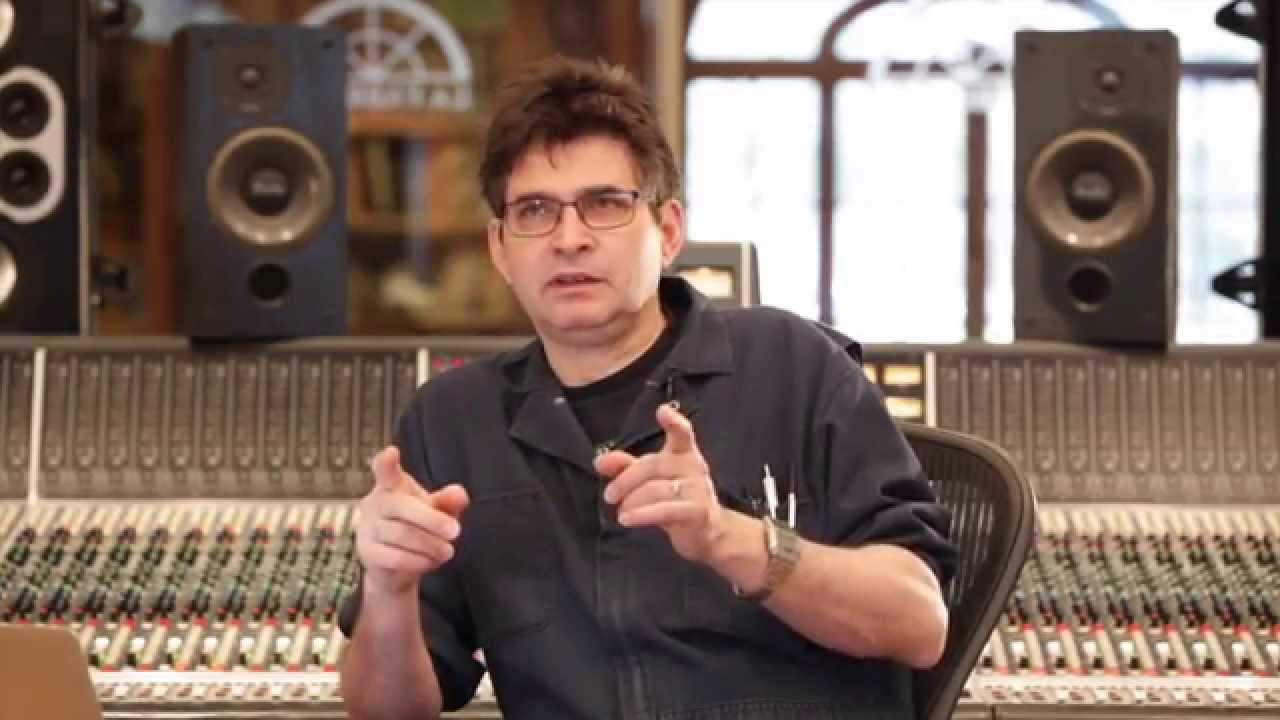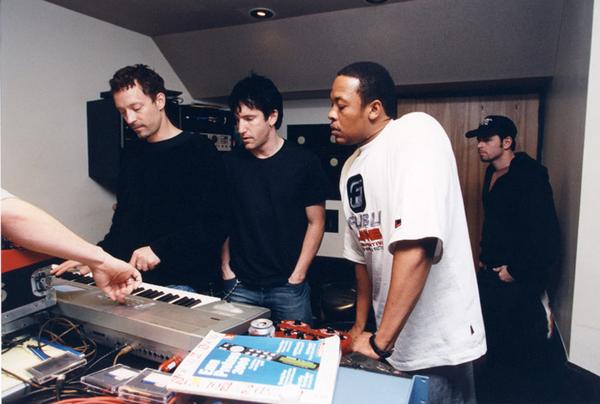The 2015 Hamilton Music Awards announced the nominees for their 2015 event, which take place at 6PM on Sunday May 24th at the Dofasco Centre for the Arts. Leading the nominations are Laura Cole(5), Jeremy Fisher(4) Arkells(3), Blackie and the Rodeo Kings(3), Elliott Brood(3), Ash & Bloom(2), Bianca Bernardi(2), Diana Panton(2), Dirty Jeans(2), Ginger St. James(2), Hachey the MouthPEACE(2), Harrison Kennedy(2), Jacob Moon(2), Katie Bulley(2), Mimi Shaw(2), Mississippi Bends(2), Steve Strongman(2), The Dinner Belles(2) and Tongue Fu(2). A complete list of nominees is included below.
The Industry Award nominees, Rising Star Search, Festival & Conference schedules as well as ticket information will be announced in early April.
Fans, artists and industry are reminded to cast their votes in seven People’s Choice categories at www.hamiltonmusicawards.com. The deadline has been extended to midnight on Friday April 24th.
2015 marks a 20-year journey for the Hamilton Music Awards, Festival and Conference which began as Hamilton Music Scene, an unofficial pre-JUNO Festival, when the JUNO’S hit the road and landed in Hamilton, in March 1995.
The Hamilton Music Awards and Industry Awards were established in 2004 to promote and recognize Hamilton’s vibrant music community. The Music Awards are broadcast nationally each year and have featured appearances by Monster Truck, Daniel Lanois, Arkells, The Reason, Ian Thomas, Lighthouse, Eugene Levy, Crowbar, Jackie Washington, Garth Hudson, Teenage Head, Blackie and the Rodeo Kings, Whitehorse and many more. To date, over 600 awards have been given to local artists and industry. The conference is attended by over 700 students and artists annually and features guest speakers from all walks of the Canadian music industry. The festival takes place over two nights in venues across the city.
2015 Hamilton Music Awards
1. Female Artist of the Year
Bianca Bernardi – Bianca Bernardi
Katie Bulley – Sun Wolf
Laura Cole – Dirty Cheat
Diana Panton – Red
Mimi Shaw – Niagara
Ginger St. James – Diesel and Peas
2. Male Artist of the Year
Jeremy Fisher – The Lemon Squeeze
Hachey the MouthPEACE – Out of Line
Harrison Kennedy – This Is From Here
Jacob Moon – Fascination
Bud Roach – Arias By Sances From 1636
Steve Strongman – Let Me Prove It To You
3. Local Group of the Year by the Peoples Choice –Determined by online vote at www.hamiltonmusicawards.com
4. New Artist/Group of the Year
Ash & Bloom – Let The Storm Come
Laura Cole – Dirty Cheat
Dirty Jeans – Dirty Jeans
Mississippi Bends – Mississippi Bends
Tongue Fu – Tongue Fu
5. Jazz Recording of the Year
Brenda Brown – Brenda Brown
Diana Panton – Red
Haolin Munk – HMEP
The Out of Towners – Dirty. Organ. Jazz
Karen Thornton – Rain Down On Me
6. Roots Recording of the Year (Group)
Blackie and the Rodeo Kings – South
Elliott Brood – Work and Love
The Folk Sinners – Move That Rock
Tim Gibbons and the Swampbusters – Swamp Tooth Comb
Harlan Pepper – Take Out A Twenty And Live Life To The Fullest
7. Roots Recording of the Year (Solo)
Katie Bulley – Sun Wolf
Fred Eaglesmith – Tambourine
Low Country Hill – Low Country Hill
Mark McNeil – Flashbacks
Peter Tigchelaar – Better Things
8. Alternative/Indie Rock Recording of the Year
Beautiful Nothing – Beautiful Nothing
The Dirty Nil – Smite
Pet Sun – Feel Like I’m Going Away
Dave Rave and the Governors – Ashtray Makeup
Thought Beneath Film – Cartographers
The Zilis – Sketches II
9. Folk/Traditional Recording of the Year
Ash & Bloom – Let The Storm Come
John and Sheila Ludgate – Northern Soul
Scott Orr – A Long Life
Matt Paxton – Mountain Eyes
Alfie Smith & Nicole Christian – Come On In My Kitchen
The Vaudevillian – Salty Dog
10. Industry Lifetime Achievement Award
11. Rock Recording of the Year
Arkells – High Noon
Bob Bryden – Yorkville Days
Live How You Live – Live How You Live
Social Animals – Innominate
Sons of Revelry – Fractal
12. Loud/Metal Recording of the Year
Dred – …They Do Exist
Jamsquid – 3.0
Sarasin – Sarasin
Sumo Cyco – Lost in Cyco City
Varga – Enter The Metal
13. Punk Recording of the Year
Born Wrong – Art District
Dirty Jeans – Dirty Jeans
The Responsibles – Still Rolling
Simply Saucer – Baby Nova
Tongue Fu – Tongue Fu
14. Adult Alternative Recording of the Year
Laura Cole – Dirty Cheat
Justin Dunlop – Black Bay Nocturnes
The DoneFors – Lush Life Below The Poverty Line
Jeremy Fisher – The Lemon Squeeze
Jacob Moon – Fascination
Whitehorse (Translations by Pierre Marchard) – Éphémère Sans Repère
15. Blues Recording of the Year
Jack de Keyzer – Voodoo Boogie
Joel Johnson – Blues Joose Volume II
Harrison Kennedy – This Is From Here
Shawn O’Halloran – Jumpin’ The Gun On Mardi Gras
Steve Strongman – Let Me Prove It To You
16. Alt/Country Recording of the Year
Rae Billing And The Unpayables – Walls and Fences
The Dinner Belles – The River And The Willow
Mississippi Bends – Mississippi Bends
Mimi Shaw – Niagara
Ginger St. James – Diesel and Peas
17. New Country Recording of the Year
Ty Baynton – Good Ol’ Boy
Billy J White – Damn Fool Thing
18. Rap/Hip Hop Recording of the Year
B-Flix – Everything Changed
Canadian Winter – The Snowball Effect
Cha Cha AKA Jim James – Mr. Personalities
Hachey the MouthPEACE – Out Of Line
19. Pop Recording of the Year
Allotrope – Allotropic
Among Millions – Among Millions
Bianca Bernardi – Bianca Bernardi
Kojo “Easy” Damptey – Daylight Robbery
Jordan Haller – Drifting
Hello Harvard – EP
20. Artist Lifetime Achievement Award
21. Songwriter of the Year
Arkells – High Noon
Blackie and the Rodeo Kings – South
Laura Cole – Dirty Cheat
The Dinner Belles – The River and the Willow
Elliott Brood – Work And Love
Jeremy Fisher – The Lemon Squeez
22. Record of the Year
Arkells – High Noon
Blackie and the Rodeo Kings – South
Caribou – Our Love
Laura Cole – Dirty Cheat
Elliott Brood – Work And Love
Jeremy Fisher – The Lemon Squeeze













